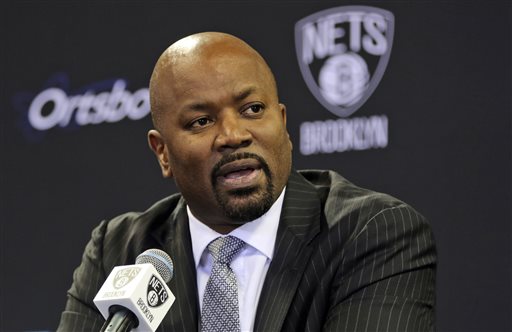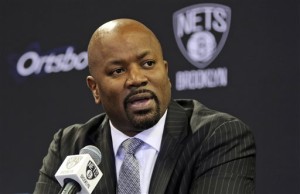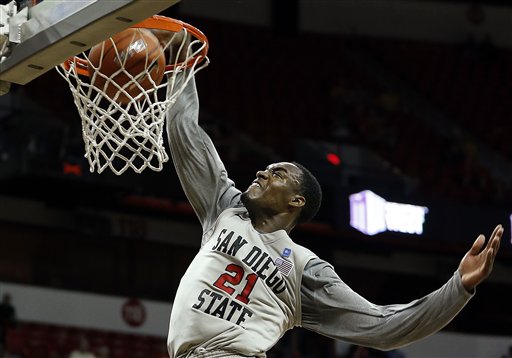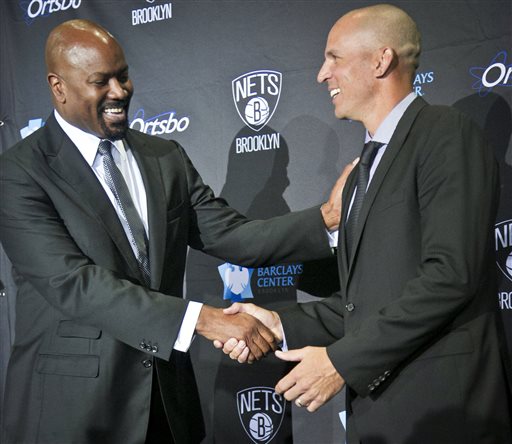
To qualify for the exception, Lopez will need to undergo an independent evaluation by a league doctor that confirms he’ll most likely miss the season. Once that’s accepted (it will be), the Nets can do one of two things before March 15th: sign a player for up to the mid-level exception ($5.15 million), or trade for a player in the last year of his contract whose salary is up to $5.25 million.
A few notes, detailing why it’s incredibly unlikely that the Nets end up exercising the DPE:
- Even if it’s granted, the team will still need to open up a roster spot. Even with Lopez out for the season, he counts as one of their guaranteed contracts, and teams can only have a maximum of 15 players. The Nets would either need to make a trade or waive someone to open a spot. Sending down players to the D-League doesn’t count.
- Though the team may actually pay less than that depending on when they sign the player, any player they sign will count for his full season salary against the team’s luxury tax and salary cap numbers. Yes, players signed under the disabled player exception still count against the luxury tax, and the Nets are at a ridiculous tax level right now: the team’s committed roughly $190 million in salary and tax, and even signing a player to the minimum salary would cost them nearly $5 million extra in luxury tax. Sign a guy to the maximum $5.15 million, and you’re talking about a luxury tax hit right around $30 million for one player, likely one who isn’t good enough to be on an NBA roster yet.
On that note, it seems odd that players signed under a disabled player exception count towards the tax. The tax is allegedly meant to curtail overspending by NBA owners, but signing an extra player because of a season-ending injury isn’t lavish, it’s maintenance.
- If they elect to go the trade route, they’ll need to find a player in the last year of his contract, likely a big man, who’s making less than $5.25 million, that an opponent is willing to simply give up, that’s worth spending five to $30 million in luxury tax on. There are a number of solid veteran big men in the last year of a contract — Elton Brand, Nazr Mohammad, and Jermaine O’Neal are three examples — but making that trade won’t be that easy, and the Nets aren’t known for making small moves.


















